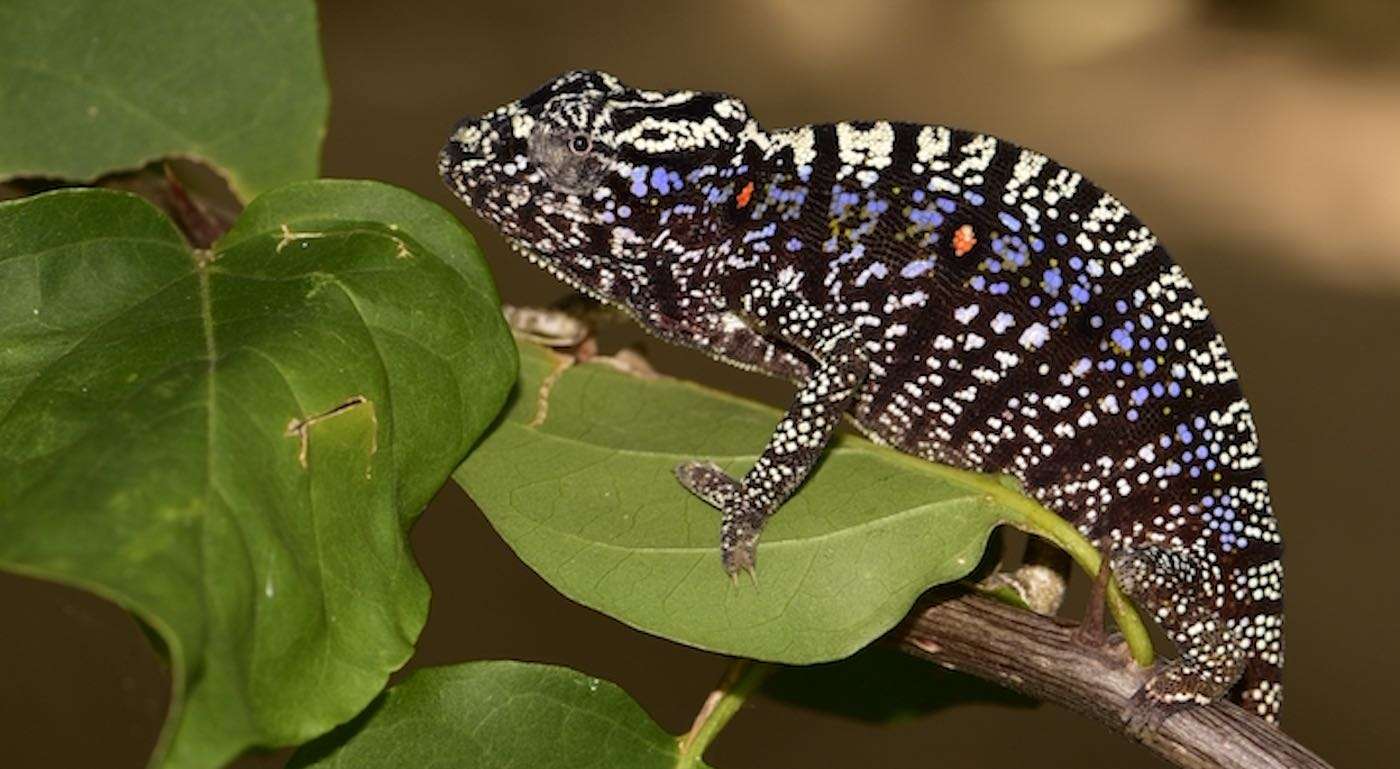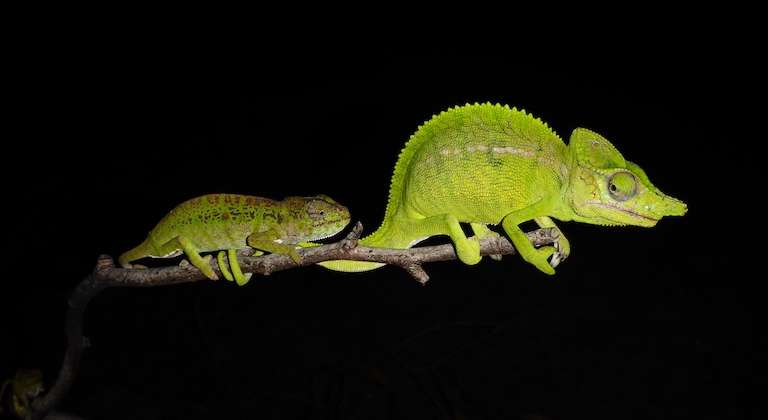Howling With Joy: After 45 Years, the Gray Wolf Has Successfully Been Lifted Off the US Endangered Species List
After 45 years, the gray wolf was deslisted from the federal Endangered Species List, now that the population has reached 6,000.

Lost for 106 years, a species of chameleon was recently rediscovered by scientists working with Global Wildlife Conservation (GWC) as part of their "25 Most Wanted List" of missing species.
First discovered in 1893 and last seen in 1913, Voeltzkow's chameleon was re-discovered in the Mahajanga region of northwest Madagascar, the most biodiverse area for chameleons on the island they call home. It was discovered by Frank Glaw and his team from the Department of Vertebrates at the Bavarian State Collection of Zoology.
Far from requiring to delve into dark, steamy jungles full of spines, barbs, bites, and venom, more than 15 Voeltzkow's chameleons were found in the final two days of the expedition, lounging in an unkempt hotel garden in town.
"It was a special mixture of great pleasure, excitement and relief," expedition leader Frank Glaw, told Mongabay in an email.
"Our efforts were entirely unsuccessful during most of the trip to find it where we thought it would most likely be. That was really frustrating, but the rediscovery during the last few days of the trip immediately changed everything and brought us an incredibly happy ending," Glaw told GWC.
The expedition was always going to be a challenge, as the Voeltzkow's closest chameleon relatives, Labord's chameleons, live only 4-5 months over the winter, giving the team a very short window of opportunity to find the little fellows, especially since winter in Madagascar is the rainy season when many roads become unusable.
The team found three males and 15 females in total. 100 years ago, as Klaw's corresponding paper details, the only specimens collected for study were males, significantly limiting the available information about the species.
The documenting of Klaw et al. gives science the first description of a female Voeltzkow's chameleon. Both sexes are green with a few white and black details when calm, but should they become stressed, angry, stimulated by human handling, or experience changes in hormones when mating, they can turn black and white and striped with a line of three red dots along their back, or flush indigo, with a grid pattern of white, indigo, and black stripes.

"The Voeltzkow's chameleon adds color and beauty to the planet, and reminds us that even when all seems lost, a great adventure can rekindle hope even for species we haven't seen since Woodrow Wilson was president," said Don Church, GWC president and a Search for Lost Species program lead. "Now we have so much to learn about this extraordinary reptile, including how we can best save it from extinction."
The International Union for the Conservation of Nature is the world authority on endangered species, and it is the opinion of the discoverers that the Voeltzkow's chameleon should immediately be listed as endangered based on the IUCN criteria, though IUCN have not made an official evaluation on their Red List.
Conservation enthusiasts will be buoyed to hear that it appears that this chameleon does not require dry intact forests to survive as many chameleons do, and can potentially live in many different habitats.
Now with the Voeltzkow's chameleon officially found, that means the 25 list is down to 19, with Jackson's climbing salamander, Wallace's giant bee, the velvet pitcher plant, silver-backed chevrotain, and Somali sengi having been rediscovered over the last three years—as detailed in our WS article.
SHARE News Of This Fab Find With Your Friends On Social Media…
Be the first to comment